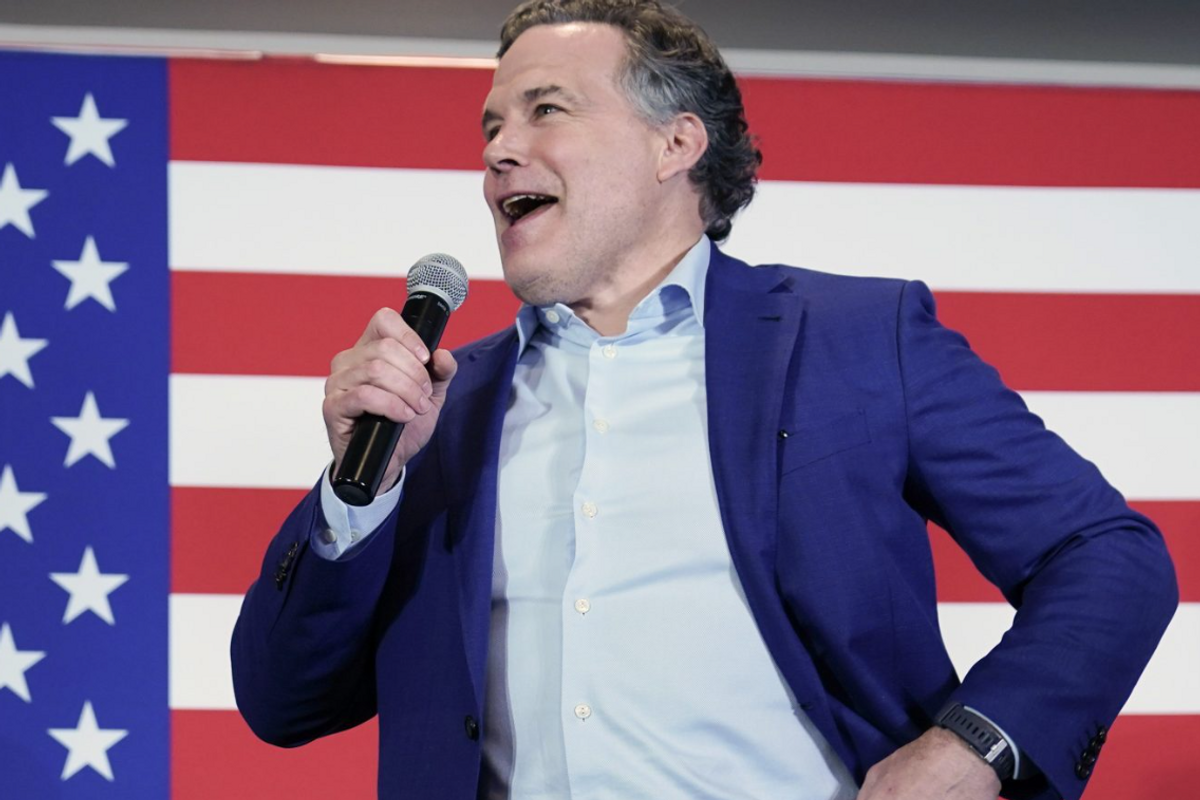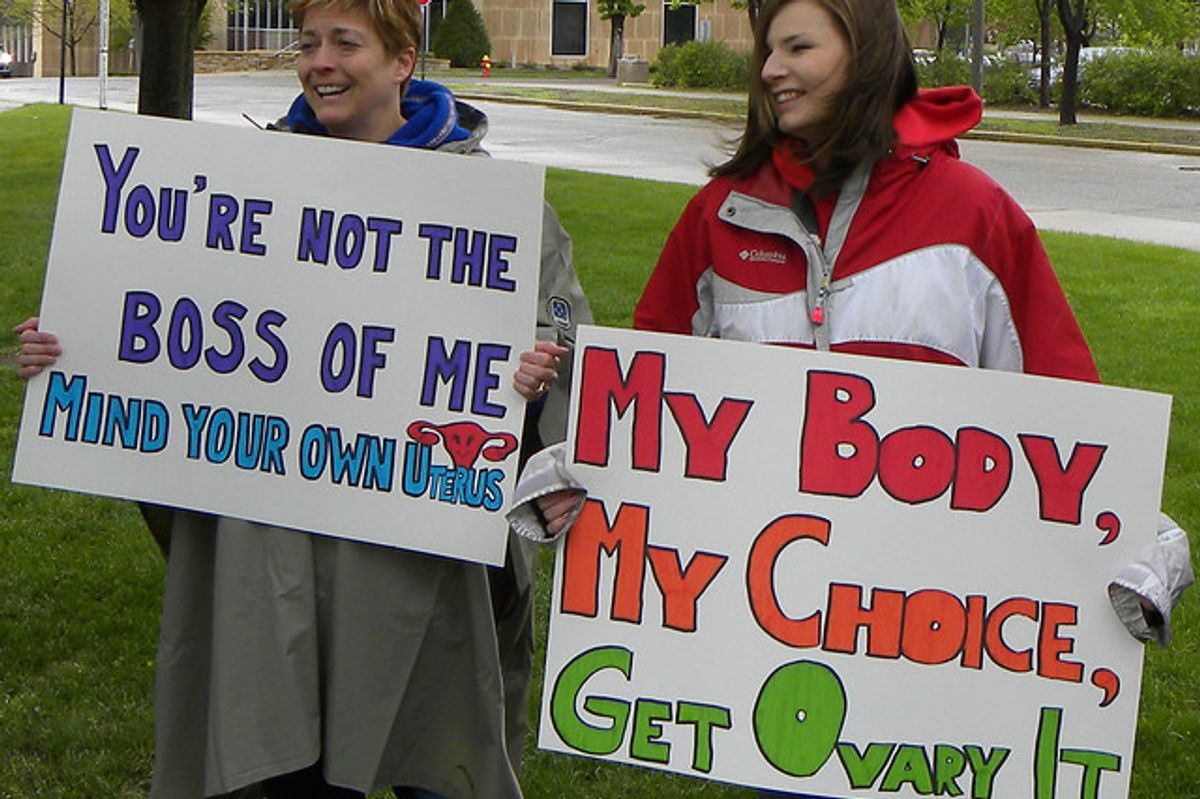Thanks To The NRA And Their Lackeys In Congress, It Is Illegal to Study Gun Violence

Published with permission from Alternet.
As Black Lives Matter protests continue across the nation, a new study is complicating the debate around police violence.
The study, which comes out of Harvard, took data from a number of police departments across the country and looked at how different groups of people are treated by law enforcement.
As expected, the study found that police officers are more likely to use force when dealing with black people than they are when dealing with white people.
For example, police are 18 percent more likely to push black people against a wall, 16 percent more likely to put them in handcuffs, 19 percent more likely to draw their weapons, and so on.
These statistics are depressing for sure, but not really all that surprising given the reality of systemic racism in this country.
But what is surprising is what this study found about police officers use of lethal force, i.e. when they kill people. Contrary to what you’d expect, it found that police are just as likely to kill white people as they are black people.
Predictably, the right-wing media has jumped on this as proof—proof—that the Black Lives Matter movement is lying. For example, the Drudge Report linked to a New York Times story about the Harvard study with a headline that read, “STUDY: NO RACIAL BIAS in police shootings…”
But is this study really all that definitive?
No, it’s not.
The problem with the Harvard study is that it relies on data from just a handful of different police departments, most of which are located in big cities like Houston, Dallas and Los Angeles. This isn’t a bad idea on its own. After all, the bigger a city is, the more representative it is of the population as a whole. But in the context of studying police violence, relying on data from just a few big cities isn’t the best idea.
If there’s one thing we’ve learned over the past few years, it’s that some of the worst police violence occurs in smaller cities like Ferguson, Missouri or Baton Rouge, Louisiana. A truly accurate analysis of police use of force should therefore include data from these smaller cities, not just the big cities that are almost always better trained and better equipped than their local counterparts.
And that raises the question—why didn’t the author of the Harvard study use better data? Well, it’s probably not because he was trying to make it seem like there’s no racial bias in police violence. It’s because there’s not really any good police violence data out there.
Even after the reforms the FBI announced back in December, reporting of police violence to the federal government is still completely voluntary. Until reporting by police departments of their officers’ use of force is compulsory and countrywide, we’re never going to get an accurate picture of what’s going on.
But even if reporting police violence data were compulsory, there’d still be big obstacles to using that data in any sensible way. That’s because thanks to Republicans and the National Rifle Association, it’s been illegal for more than 20 years for the Centers for Disease Control and Prevention to conduct any research on gun violence.
That’s right—illegal!
This ban began back in the 1990s after the CDC published some good, solid research into gun violence. One of the first studies they did found a clear relationship between increases in gun ownership and increased homicide rates.
The NRA didn’t like where this was going for obvious reasons, so it started pushing its bought-and-paid-for shills in Congress to do something about those pesky scientists at the CDC. The NRA got its wish in 1996 when Republican Congressman Jay Dickey introduced what’s now known as the Dickey Amendment.
It was a policy rider attached to a spending bill and it stated that, “None of the funds available for injury prevention and control at the Centers for Disease Control and Prevention may be used to advocate or promote gun control.”
Because it’s so broadly worded, the Dickey Amendment has had a chilling effect on gun research at the federal level.
No one wants to go to jail for doing their job, and CDC researchers live in fear that they’ll become the next Lois Lerner, dragged in front of a congressional kangaroo court and forced to testify for hours on end.
Tragically, we really need the information from good studies about police violence—but the Dickey Amendment has prevented them from being done.
Therefore, we don’t know what kind of connections there are between gun ownership and police violence, connections we should have known about years ago but haven’t because of the gun industry’s stranglehold over public policy.
The NRA, of course, couldn’t be happier with this situation. But this is just absurd. Even Jay Dickey thinks so. He’s now come out against his own amendment and thinks it should be repealed.
He’s right.
Thom Hartmann is an author and nationally syndicated daily talk show host. His newest book is “The Crash of 2016: The Plot to Destroy America — and What We Can Do to Stop It.“
Photo: Flickr user DonkeyHotey


